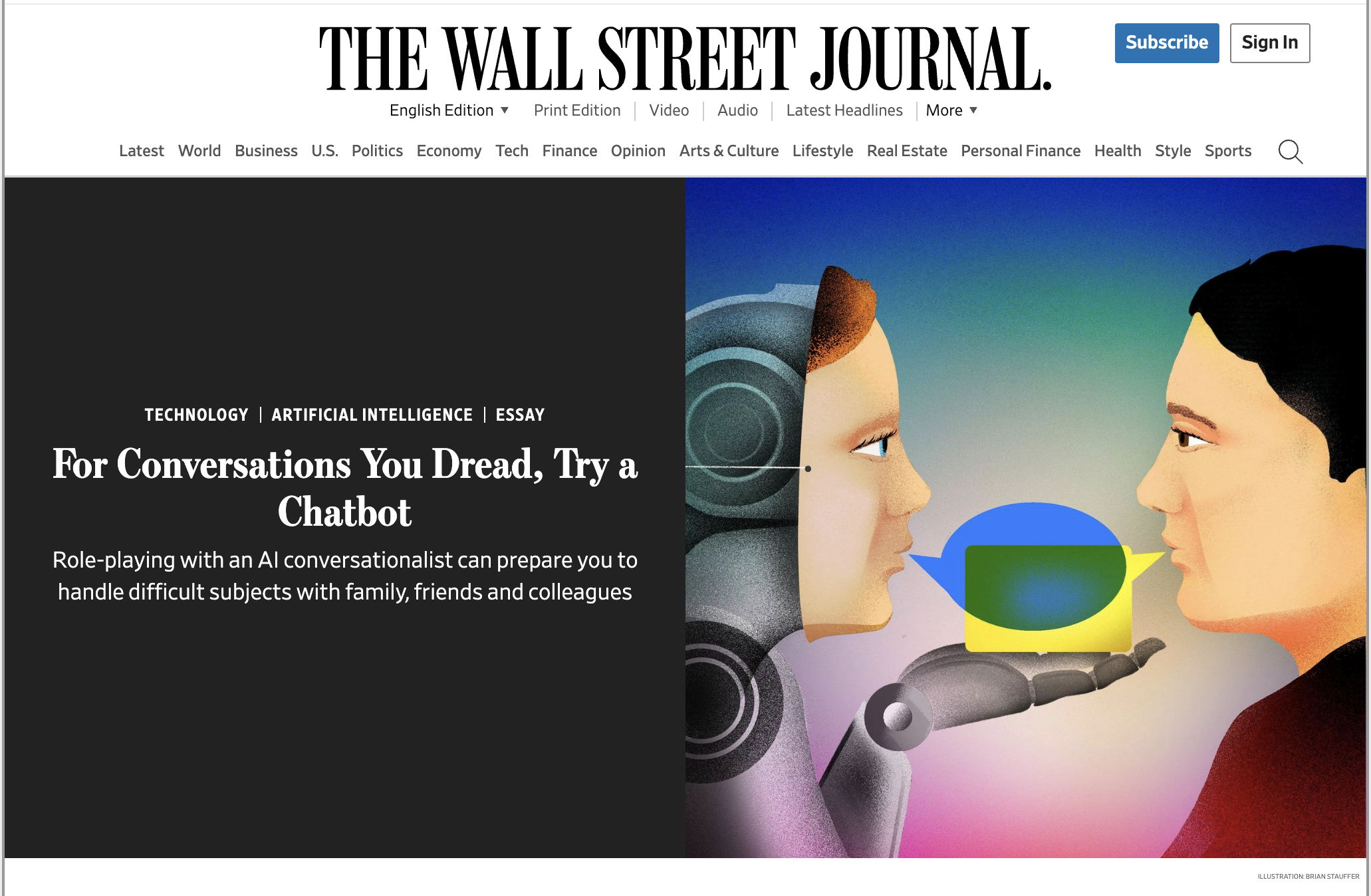The Failure Pre-Mortem
Inspired by our colleagues Bob Sutton, Huggy Rao, and Baba Shiv at Stanford's Graduate School of Business, Perry and I (along with a couple of our favorite collaborators, Charles O'Reilly and Benjamin Johnston) recently assigned a "Failure Pre-Mortem" to provoke fresh thinking among the senior leaders of a 200+ year old company facing disruption.
It produced a spirited debate and vibrant discussion about possibilities, so thought to share it here in case the format is useful to others on the journey of positive disruption:
The assignment is for each member of the team draft a half-page to full-page "pre-mortem article" under the following prompt:
"The year is 2030. The Wall Street Journal has just announced that (company), whose stock fell below asset values, has gone bankrupt and is being sold off piece by piece. Your job is to write the article. What is the headline, what were the (maximum three) strategic shifts that catalyzed the organization's demise, and where did management fail to lead successfully?"
If folks would appreciate / consider a slight provocation regarding forces shaping the future of business / economy / technology (just get them thinking way far out and allow some of these trends to inform / spark / provoke curiosity), you could point them to this nice deck of emergent disruptive forces. It’s a long doc but pretty easily scannable for themes, etc. Perhaps tell folks to look at it for max 30 minutes and consider minimum 3 unexpected forces / technological developments that could impact the business in the next 10 years.
As Adam Grant describes in his fantastic book, "Originals," the purpose of such an exercise is to trigger what is known among behavioral psychologists as "loss aversion" - ie folks are more risk tolerant when considering defending against potential losses than they are when considering potential gains. It is a very well-established tool to provoke innovative thinking among management teams and is used by a number of our colleagues at Stanford and Harvard.
If we have the chance to craft a similar experience again, one small iteration our team would make is to give folks a second pre-work prompt, after they complete a draft pre-mortem: perhaps asking them to identify the three big things the company needs to do now to avoid the disaster?
Click here to subscribe to Paint & Pipette, the weekly digest of these daily posts.










Cleverly deploying AI is not merely speeding up innovation—it's unlocking a fundamentally different relationship with the creative process. Here’s how to shift from operation, to orchestration.